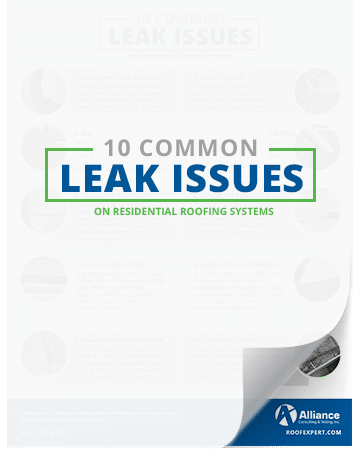Step-By-Step Guide To Picking The Right Roof Covering Product
Step-By-Step Guide To Picking The Right Roof Covering Product
Blog Article
Short Article Author-Warming Spears
When it pertains to choosing the best roof covering material, you can't just select the first option that catches your eye. Start by examining your climate; recognizing exactly how local weather condition patterns impact material performance is critical. Then, you'll need to identify a spending plan that encompasses not just the ahead of time prices yet additionally long-term upkeep. As you discover various materials, like steel or asphalt tiles, it's vital to evaluate their pros and cons. However, prior to making any kind of choices, there's one essential aspect you could be forgeting that could transform every little thing.
Assess Your Environment
When you assess your environment, you'll rapidly recognize that your roof covering product needs to withstand details weather.
Begin by evaluating the temperature ranges in your area. If you live in an area with severe warm, take into consideration materials that mirror sunshine, like metal or tile. These alternatives aid maintain your home colder and reduce energy prices.
Next, think of precipitation. In areas with heavy rainfall or snow, you'll desire a roofing product that uses outstanding waterproofing and durability. Asphalt shingles and slate are fantastic choices, as they can take care of dampness without deteriorating.
If you're in a hurricane-prone zone, search for products ranked for high winds, such as impact-resistant shingles or metal roof coverings.
Don't ignore humidity levels, either. In moist environments, opt for products that stand up to mold and mildew, like metal or treated wood.
Finally, consider the sun direct exposure your roof obtains. If it's in direct sunlight the majority of the day, UV-resistant products will expand its life-span.
Determine Your Budget
Before diving right into roof materials, it's vital to identify your budget. Understanding how much you want to spend can considerably limit your alternatives. Start by taking into consideration not just the upfront prices of materials yet also the costs for installation. Some products might seem cost effective at first but need specialized labor, which can increase the total cost.
Next, consider the life-span of the products you're considering. A less expensive roof covering product might conserve you money originally yet could need replacement faster than higher-quality alternatives. Factor this into your budget plan by estimating the lasting prices associated with each material.
Don't forget to represent any kind of extra attributes you could desire, like insulation or air flow systems, which can contribute to your general expense. It's likewise wise to set aside a backup fund for unanticipated costs throughout the roof project.
Finally, consider funding choices if your budget plan is tight. Several suppliers and service providers provide payment plans that can assist you handle expenses efficiently.
Examine Maintenance Demands
Routinely assessing maintenance demands is critical when choosing roof covering products. Various materials come with varying maintenance needs, which can dramatically influence your long-lasting prices and efforts.
For example, asphalt tiles usually call for much less maintenance contrasted to timber shakes, which require routine therapies to prevent rot and bug damages.
Think about just how much effort and time you agree to buy upkeep. If https://roofing-membrane84284.dailyblogzz.com/35007577/an-aging-roofing-system-can-mask-vital-concerns-reveal-the-10-signs-that-signal-it-s-time-for-a-substitute-before-it-s-too-late like low-maintenance alternatives, materials like steel or floor tile roofings could be better. best roofer in san antonio and resist weather-related wear, implying fewer fixings down the line.
Think about your regional climate as well. If you reside in a location vulnerable to serious weather condition, select a material that can hold up against those problems without frequent maintenance.
It's likewise smart to research the details requirements for the materials you're thinking about. Explore how frequently they need assessments, cleaning, or repair work.
Don't neglect to factor in expert help. Some products may demand experienced upkeep, which can add to your general costs.
Conclusion
Finally, selecting the right roof material does not need to be frustrating. By evaluating your environment, establishing a reasonable spending plan, and considering your upkeep needs, you can make an informed choice that fits your home. Don't fail to remember to seek advice from qualified professionals to ensure whatever meets neighborhood regulations and is set up appropriately. With the right preparation, you'll discover a roof solution that offers durability and style for several years to come.
